The Codex Calixtinus: The medieval Camino de Santiago guide.
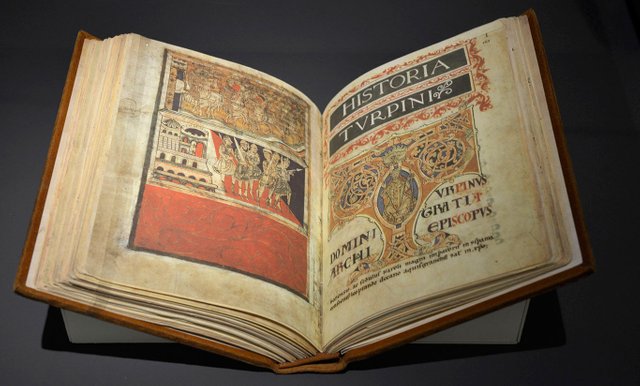

The Meviedal Pilgrim's Guide.
.
I have prepared this publication meticulously. I think that lovers of reading and books may like you.
Lately I am focusing my publications on the Camino de Santiago. Continuing with this theme, within the curiosities section, the pilgrimage was successful in the Middle Ages because it had an authentic tourist guide: The Codex Calixtinus, the oldest known travel guide.
The Calixtino Codex is an understanding of books, made in the first half of the twelfth century with parchment leaves. It consists of five books, in a single volume, which gathers everything related to the apostle James at that time: his liturgy, music, history, miracles, etc ...
Book V is the most famous because it describes thoroughly the entire pilgrimage route from France to Santiago de Compostela. Since then, many times without knowing it, the pilgrims have followed their recommendations and practical details.
We could say that the Codex Calixtinus is the first travel guide that is known. In their chapters, the monks scribes described the stages to be carried out, the locations where the Camino passed, the hospitals where the pilgrim could be cared for or rest, in short, everything necessary, practical and useful so that the traveler could organize his journey .
The Calixtinus is a medieval jewel, as attractive as it is exciting. It tells stories, curiosities, anecdotes of the Way and a detailed description of the life and customs of the medieval period in France, Navarre and other Christian kingdoms of Spain. It is very interesting to read it.

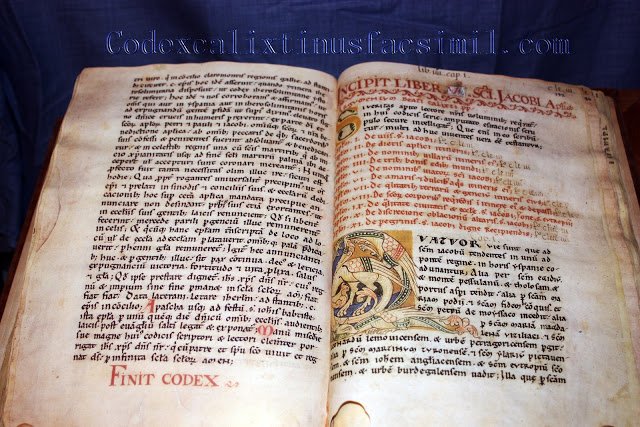

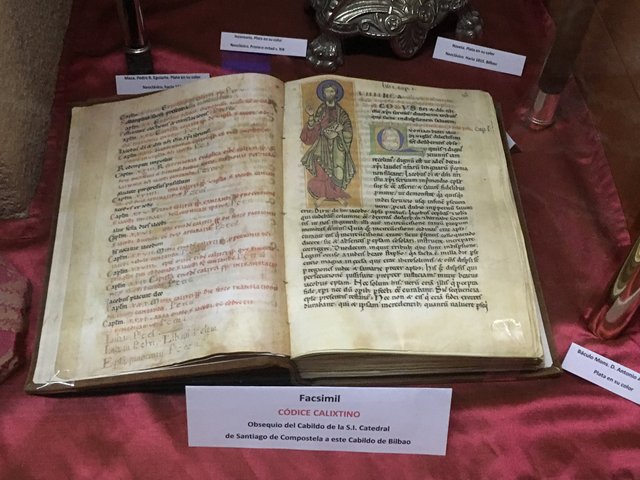

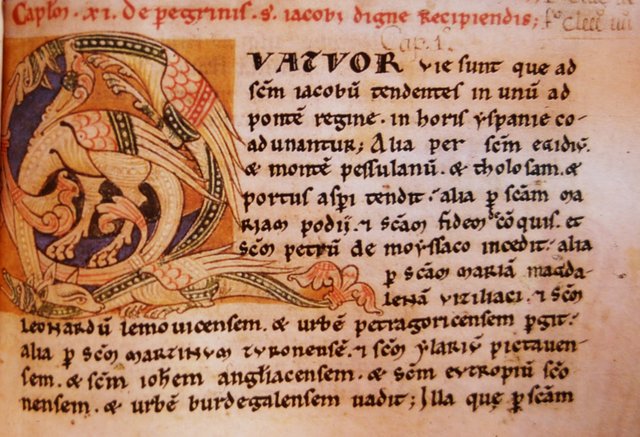

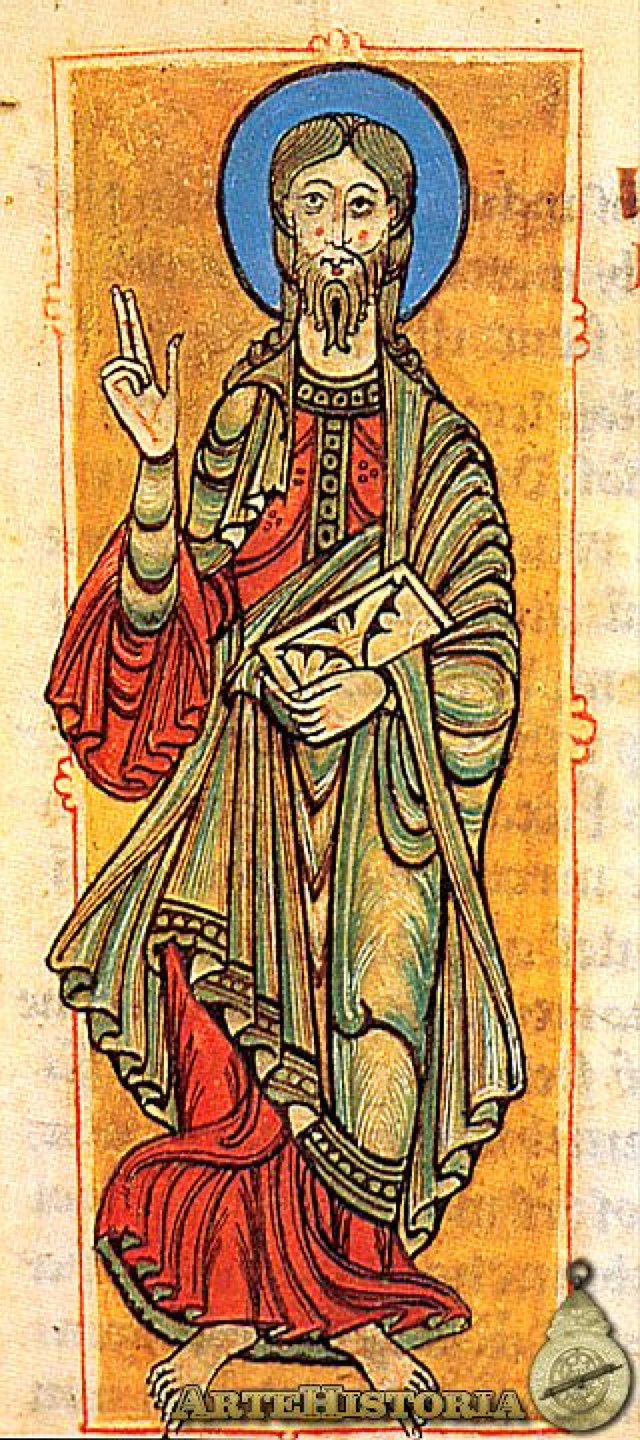

If you want to know more?
español
The codex was made in Santiago de Compostela during the 12th century. It began in the days of Diego Gelmírez (1100-1140), first archbishop of Santiago, and was completed in the 1170s.
In summary: The Codex Calixtinus is a manuscript book in parchment that constitutes the Jacobean reference book. It is the oldest text on the Camino de Santiago. It comprises five books and two appendices, which contain the oldest known polyphonies of the West.
It consists of 225 sheets of parchment written on both sides and has a size of 29'5 x 21'4 cm.
The first book deals with liturgical texts dedicated to St. James, the second recounts the miracles of the Apostle, the third describes the life of the Apostle James, his martyrdom and the transfer of his body from Palestine to Galicia; as well as the vicissitudes to deposit it in Iria Flavia, in its definitive tomb. In the fourth book the various battles against Charlemagne's Islam are documented in order to clear the Way to the tomb of the apostle, which had been discovered 250 years before, in the ninth century. The fifth book constitutes the famous pilgrim's guide from France to Santiago. In the annexes there are musical compositions, which are being studied by researchers given their interest, since the first European polyphonic music is transcribed here.
The original manuscript, of incalculable value, is conserved in the cathedral of Santiago and of him numerous copies exist. There are also 850 facsimiles that are sold for almost € 2000 each.

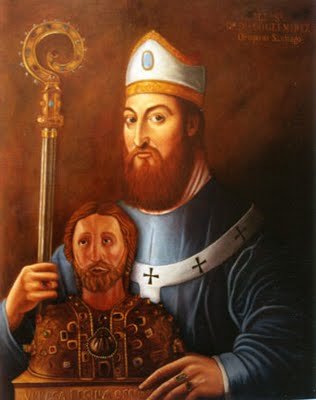
Behind the great works there is always a great man. Diego Gelmírez was the first archbishop of Santiago and the main promoter of the xacobea pilgrimage to Santiago de Compostela from all over Europe.
He promoted the writing of the Codex Calixtinus with the intention of promoting devotion for the apostle, making it known throughout Europe, thus enhancing the city of Santiago de Compostela as a relevant destination of pilgrimage.
It was intended to strengthen the objective of the Galician city being the second place of pilgrimage of Christianity after Rome.
It achieved its goal since it is the only route that has remained unchanged for centuries. Today, thousands of pilgrims continue to perform it,

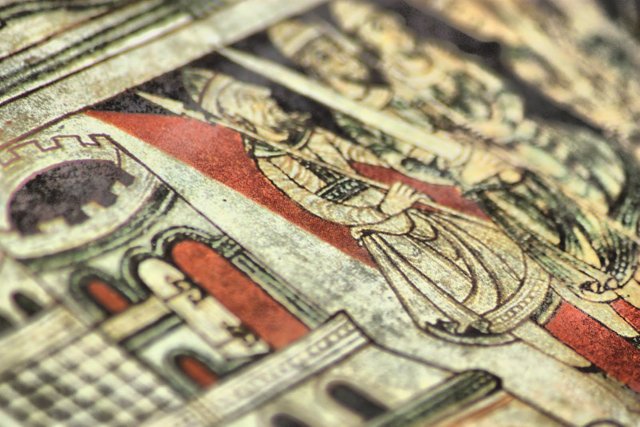

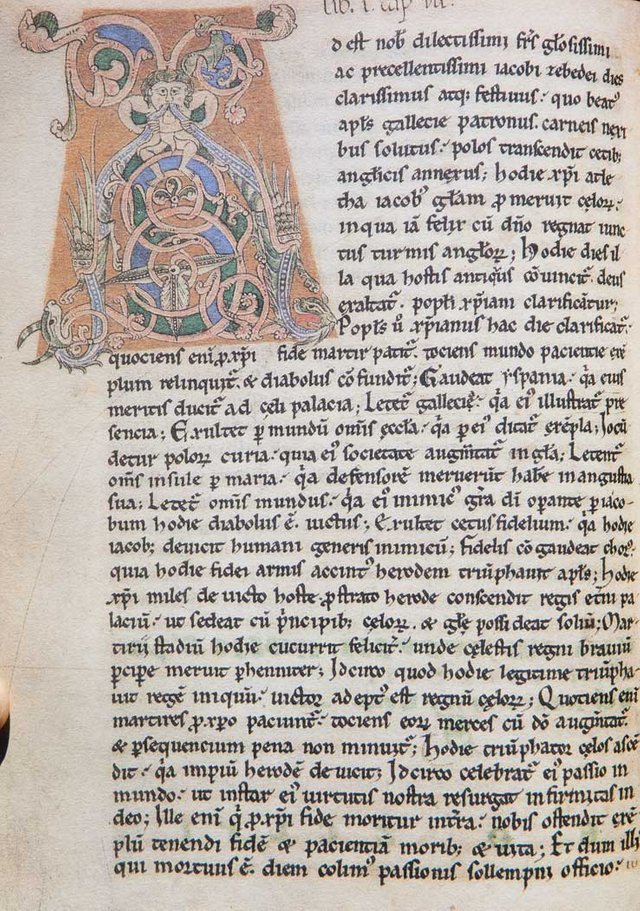

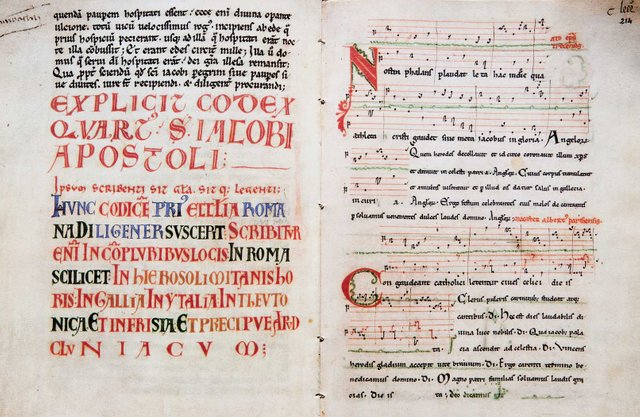

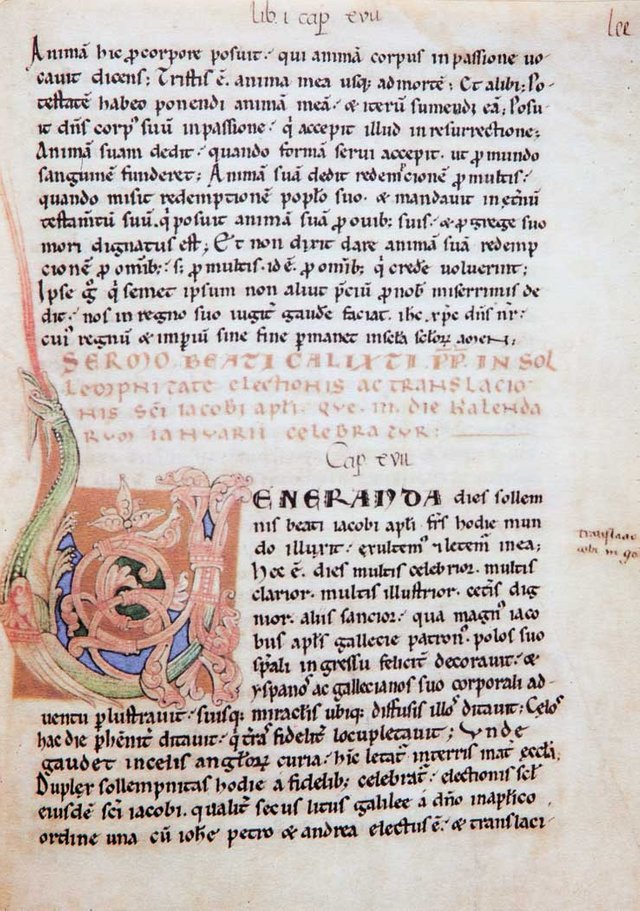

The monks who wrote the first pages simulated that they had been written by Pope Calixto II himself, which was not possible since his papacy was only 5 years (1119-1124).
In any case, Pope Calixto II endorsed the work with the purpose of promoting and giving prestige to the Jacobean pilgrimage.
This is why Calixto II is the author of the first and most extensive of the five books. And let the work be known as Codex Calixtinus [Códice Calixtino in Spanish].
It is attributed, without too much certainty, to Aymeric Picaud the writing of the fifth book where he describes meticulously and for the first time the Xacobea route. The author indicates that the road was made in 13 days, from which we deduce that it should be done on horseback, since at present it is done on foot in 31 stages.

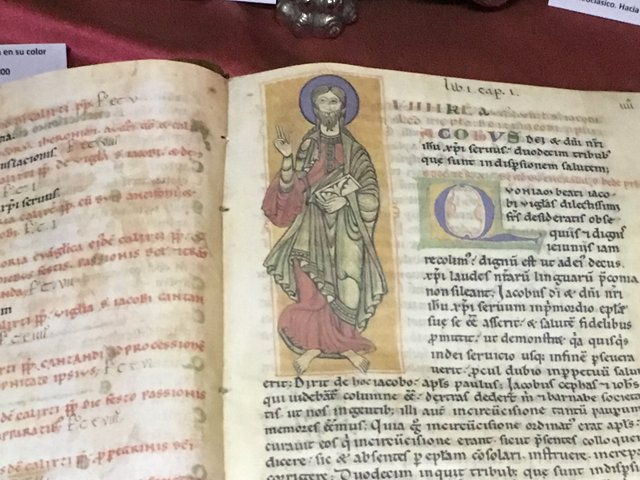

The theft.
.
The Codex Calixtino was stolen in July 2011. It was speculated that it had been a theft by order. In some media it was published that its estimated value could be about 10 million euros.
Fortunately, the police recovered it a year later. The thief had been an electrician who worked at the Cathedral and who stole this book and some more documents. Fortunately, while it was in his possession he did not suffer any deterioration, even though he found himself hiding in a garage, wrapped in cloth and surrounded by garbage.
After the theft, Unesco registered the Calixtino Codex in the "Memory of the World Register". Considering since then one of the greatest bibliographic jewels of the Spanish Middle Ages.

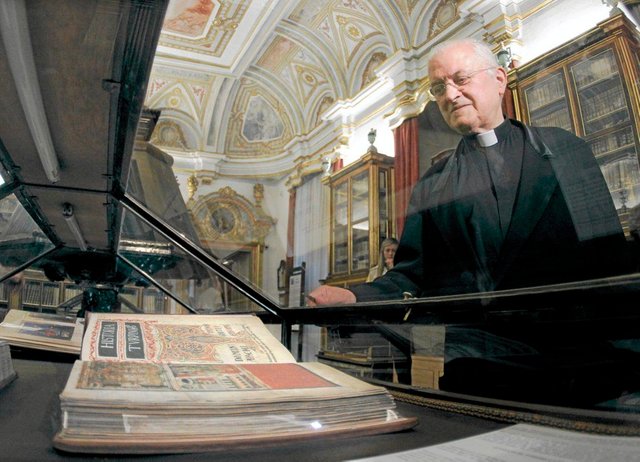
The bibliophiles and lovers of reading will enjoy this video. Forget the immediacy of Steemit and spend a few minutes. Enjoy this relaxed master class, given by the dean of the Cathedral of Santiago, to some art students. The person in charge of the Codex shows it and, while he leafs through it, he explains in a plain and simple way how this kind of books were made in the Middle Ages. Do not miss it 😊.


I sincerely hope that you liked this publication. I have written it with illusion. My intention has been to provide you with information, without being boring. I hope we continue seeing each other on other occasions.


The photographs without references are mine, I made them with my iPhone 6. I am also the author of all the separator drawings
I await your comments!
¡Buen Camino!
